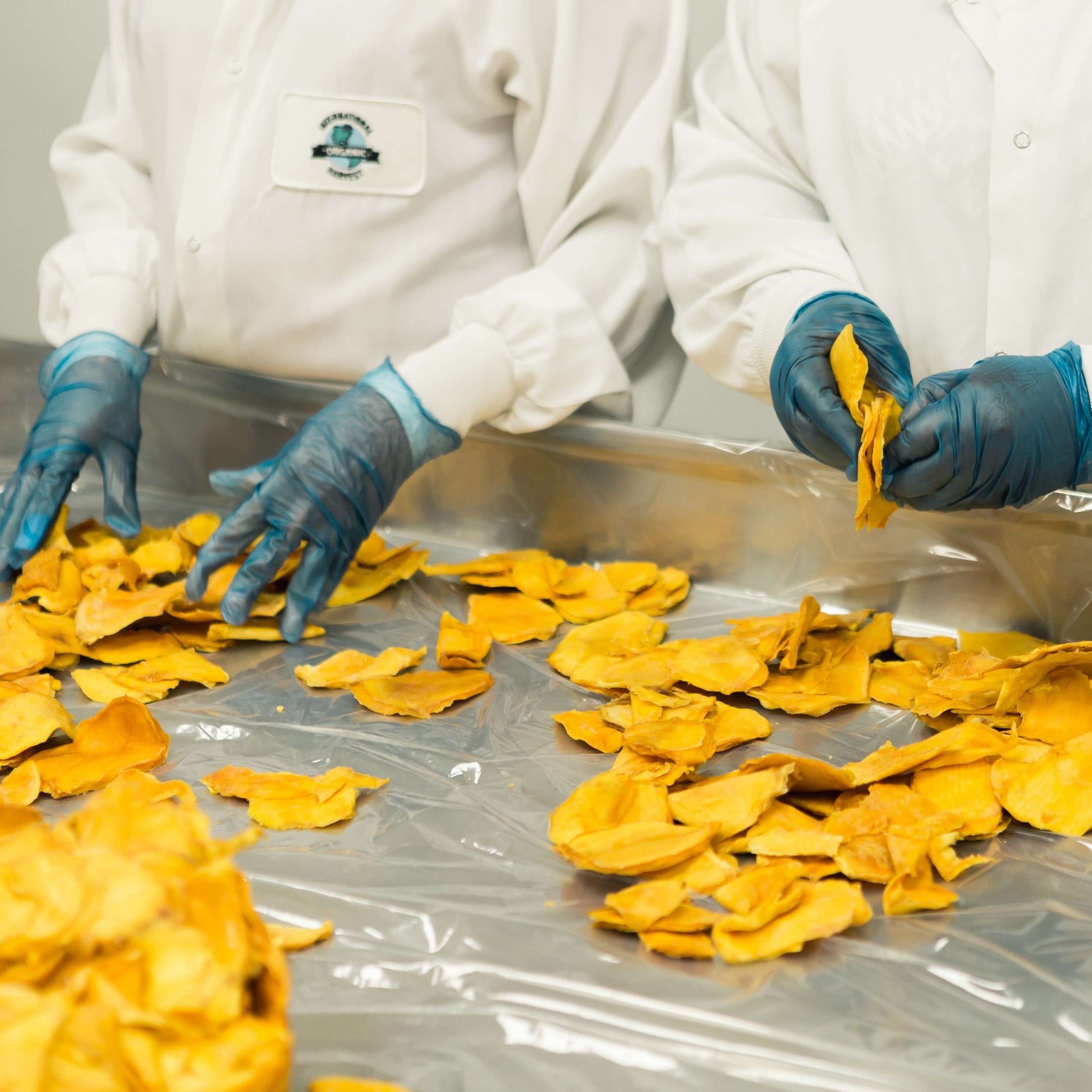Up to 50% of food produced worldwide is never Consumed
The United Nations Environment Program's 2021 Food Waste Index has found that an estimated 931 million tonnes of food end up in the trash every year
The HOw
Food waste happens everywhere from farm to fork
Farm
..accounts for ~20% of food waste, mostly caused by unharvested crops, damage by weather and/or insects, overplanting and spoilage
Logistics
Manufacturing, transportation & warehousing account for ~30% of food waste mostly due to damage and spoilage
Retail
...accounts for 15% - 25% of food waste, largely due to damaged food, overstocking and blemish/spoilage
Home
accounts ~25% - 35% of food waste, due to inadequate storage, plate waste, confusion on date labels and spoilage
Note these numbers vary depending on the country or region and type of food.
The IMpact
It's More than just wasted food

NRDC
If we were able to reduce food waste by just 15%, we could feed 25 million Americans each year. That's more than half of the population going through food insecurity in the country

Move for Hunger
American consumers, businesses and farms spend $218 billions - 1.3% of our GDP - growing, processing and disposing of food that is never eaten
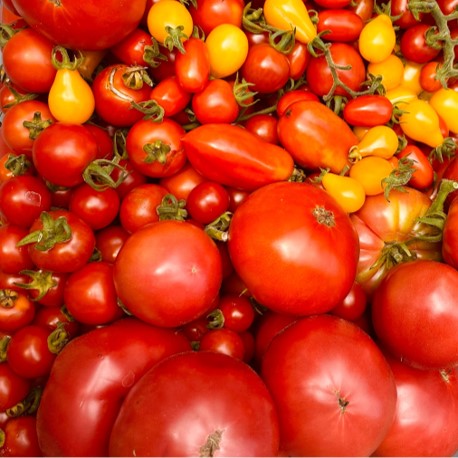
Food as a weapon
For as long as there has been human conflicts, food - or hunger - has been used as a weapon

FAO
It is estimated that food waste generates 7% of all global carbon footprint, excluding the impact of resources used producing food that will only end up in the trash
More on The Environmental Impact
If food waste were a country, it would the 3rd largest greenhouse gas emitter in the world
- United Nation Food and Agriculture Organization
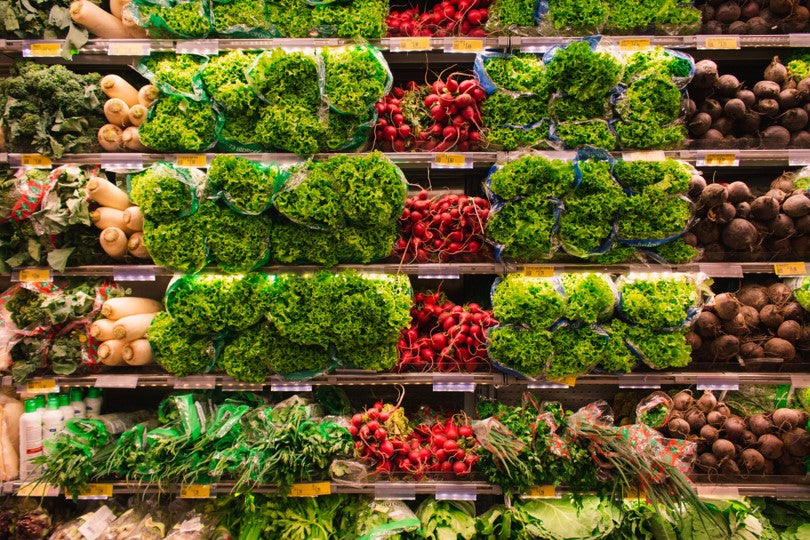
FAO
"...food that is produced but not eaten each year guzzles up a volume of water equivalent to the annual flow of Russia’s Volga River and is responsible for adding 3.3 billion tonnes of greenhouse gases to the planet’s atmosphere. Similarly, 1.4 billion hectares of land – 28 per cent of the world’s agricultural area – is used annually to produce food that is lost or wasted."
The Why
Why is Food waste so bad for the Environemnt
Wasted Resources
When food is wasted, so too is the land, water, labor, energy, and other inputs that are used in producing, processing, transporting, preparing, storing and disposing of the discarded food
Methane from Landfill
Food waste mostly end up in landfill, which lacks oxygen for the wasted food to decompose efficiently. The process releases methane, a greenhouse gas 84 times more powerful than CO2 over a 20-year period
Water Pollution
Food waste also end up in waterways. It affects water quality, contaminates drinking water, endangers wild plants and animals. Polluted waterways in turn could also harm humans
The "Death Spiral"
Food waste keeps food expensive. More money means more production, which requires more resources such as land and water being used for food production, and resulting in more food waste
Take a look at one strawberry's journey from the farm to the trash can

Life of a Strawberry
Be part of the solution
How to Reduce Food Waste
While systematic change is absolutely required to reduce food waste on a national and global level. Individuals can still play an important role
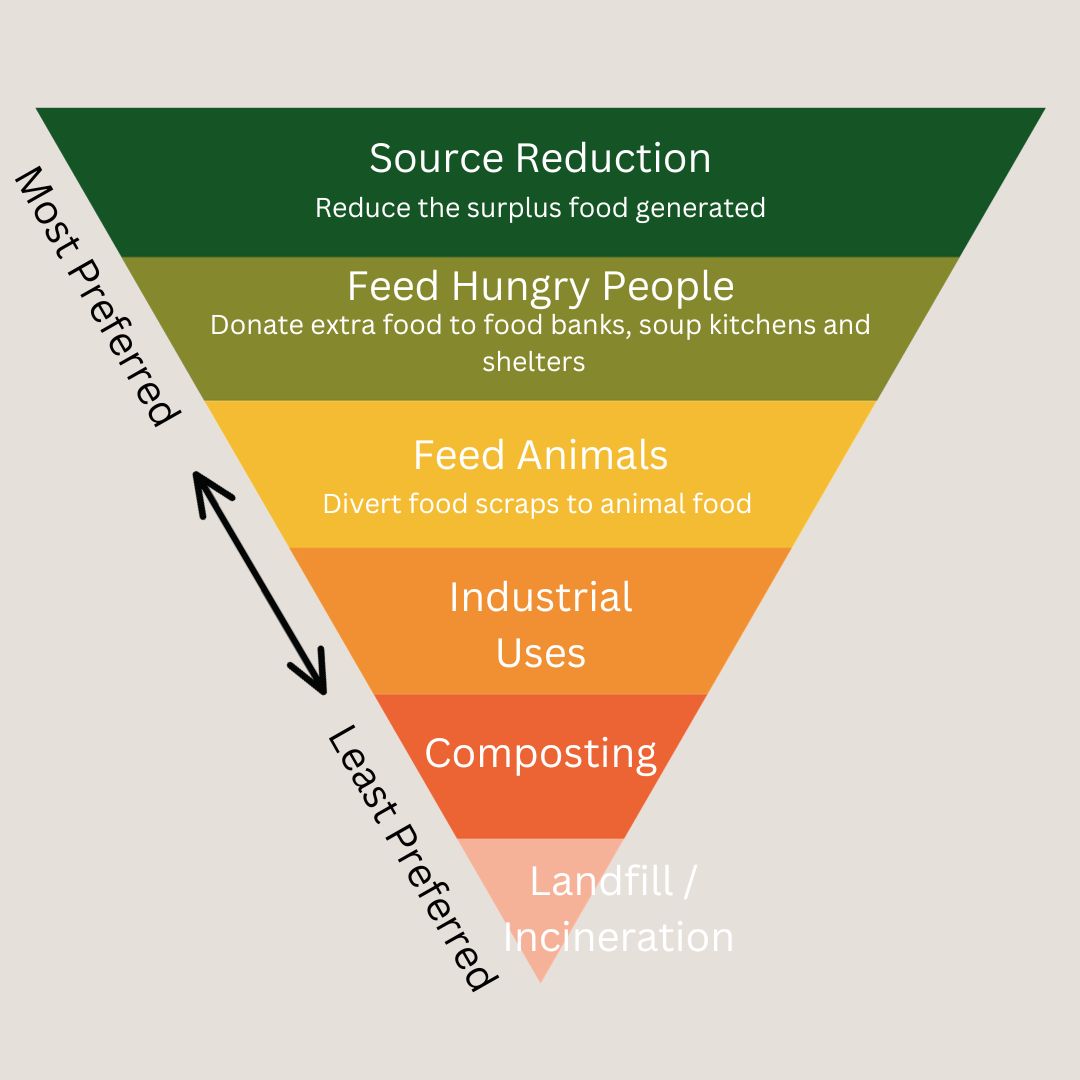
Food Recovery Hierarchy
EPA provides this guidance on prioritization of actions organizations can take to prevent and divert wasted food
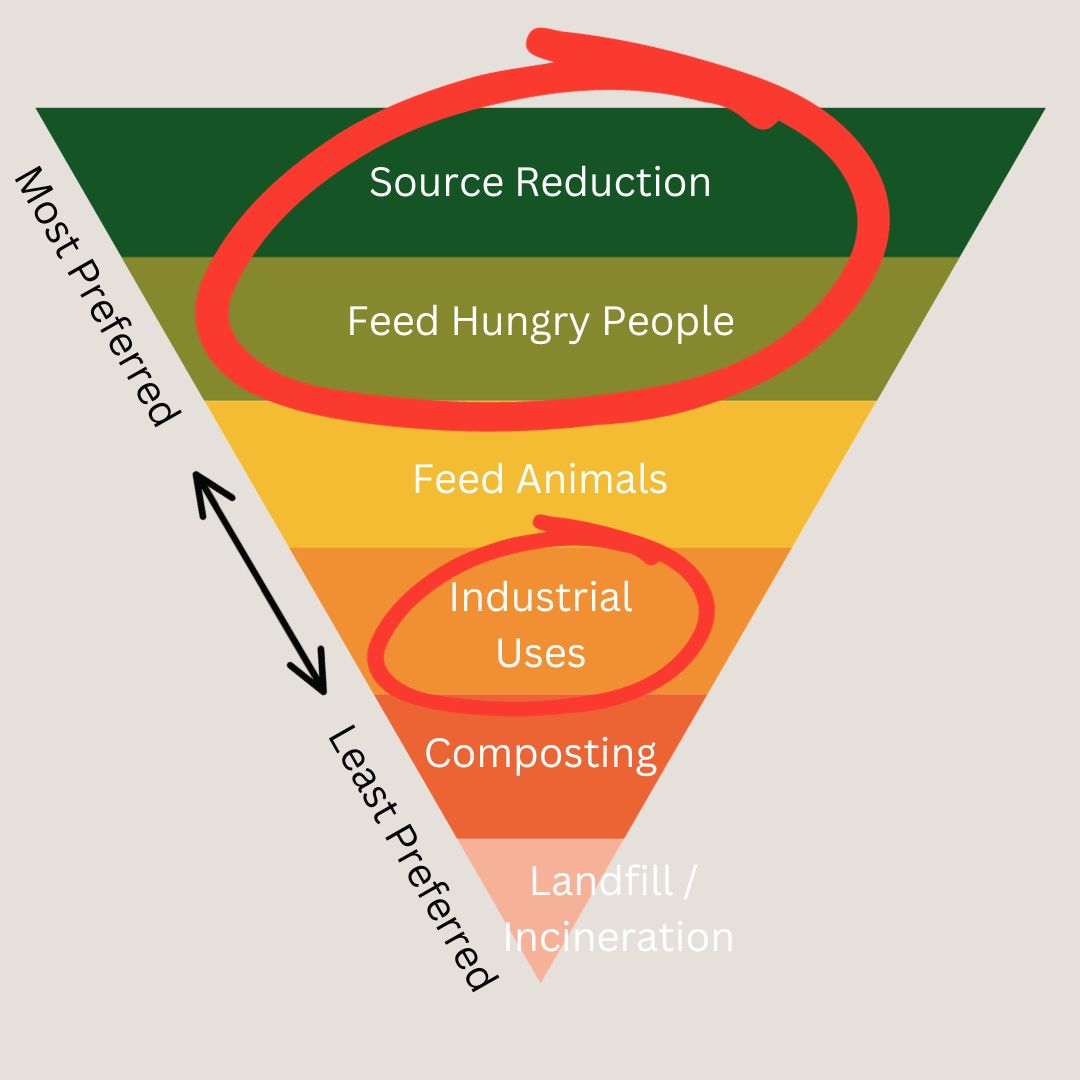
How AllÉgorie is Helping
Allégorie bags are made from discarded fruits & plants sourced from farms, juice factories and grocery stores
We also have lone-term partnership with non-profits to divert food to those in need

How You can Help even at home
From donating your excess food to composting, lots can be done at consumer level to help drive the change


